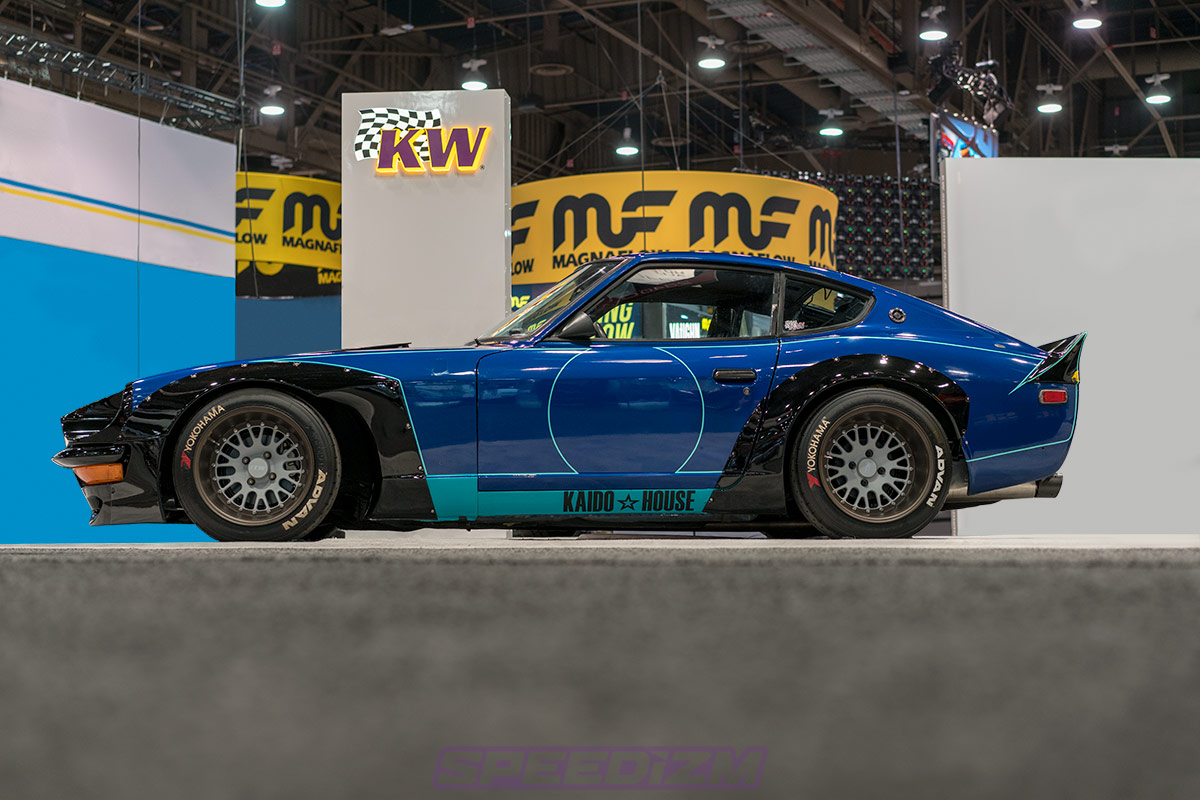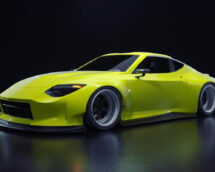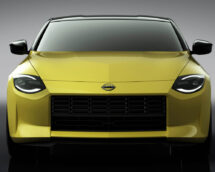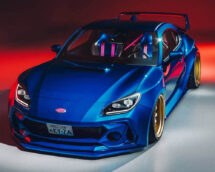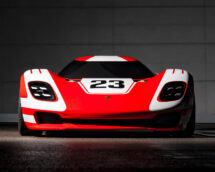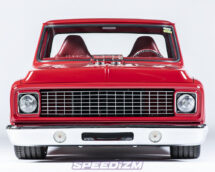The Nissan Z car as we know it today started as an attempt for a modest Japanese auto manufacturer to take on the international sports car market dominated by European companies at the time. A quest to make a halo car led to the development of an instant classic, and grew to be one of the most popular Japanese sports cars ever.

Origins: The Datsun Fairlady Z / 240z / 260z /280z
In the 1960s, Nissan set their eyes on the entire world. At the time a small manufacturer, Nissan sought to design a car that was different from the small and economic vehicles coming out of Japan. They wanted to design a car that was fun to drive, fast, and look sleek and sporty.

In 1970, under the Datsun name, the Z was born. In Japan, it was called the Datsun Fairlady Z to continue the moniker of their current line of roadsters. The Fairlady Z was released with 2.0L SOHC L20A straight-six engine pushing out 130 hp. In America, however, the car came with a larger 2.4L L24 engine producing 150 hp and 141ft lb of torque giving it the name, 240z. Its also important to note that this generation of Z is also known as the S30.
As per usual, Japan got some additional cool trims of the Fairlady Z that America never got. The Fairlady ZG was a 240z built as a homologation model for Group 4 racing and featured unique body features like riveted over fenders, acrylic glass covers for the headlights, and an extended aerodynamic front end which came to be known as the G-nose. Japan also got the Z432 and Z432R model which utilized the S20 inline 6 engine used in the Hakosuka Skyline GT-R. These models are extremely rare and fetch millions in auctions.

In 1974, America got the 260z which remarkably had more displacement with a 2.6L engine but produced less power at 141hp. On the second half of this production year they did update it to get the full 165hp. This model, however, featured some creature comforts like better air controls, a 2+2 model to roll with your friends, and larger bumpers to comply with US safety regulations.
Additional regulations caused Datsun to adapt yet again, birthing the 280z, which was essentially the same as the 260z but a little bit different. Bigger bumpers were slapped on for safety and a bigger 2.8L straight-six was dropped in there(Though it was just the old 2.6 bored out to 2.8L). Though the engine was the same, the important thing they changed was the addition of fuel injection. Additionally, they did offer an optional 5-speed transmission on this model alongside the 4-speed.

The Datsun Fairlady Z and its American counterparts had a production run of close to 10 years and successfully put Datsun / Nissan on the map for being capable of creating a capable sports car. As the times changed, the Nissan Z changed along with it.
A Turn Towards Luxury: The Nissan 280zx
The dawn of the 80s brought on some changes for the Nissan Z car. Enter the S130. This Z was the first to hold both the Datsun and Nissan names, and held onto the same engine and drive components as the 280, but added even more luxury features, conforming to more of a grand touring style. It was kind of a sign of the times; people wanted their cars to be more luxurious and comfortable.

They added assisted steering, more comfortable seats, better audio systems, and softer suspension. The Z had entered the 80s and started to get boxier. Though some didn’t receive the softened up Z well, the ZX was still popular.
In ’81, the Z got a little more performance minded with the addition of a turbo model. The new L28ET pushed out 180hp and 203ft lb of torque, which was a sizable bump from its predecessor. Despite the added weight of comfort, the 280zx still proved to be competitive in comparison to other sports cars at the time.

The Nissan Z car successfully provided Nissan with a halo sports car in the 70’s to early 80’s and proved the company to be a competitive manufacturer on the world stage. But this was only the beginning. The coming years would only bring the Z to higher esteem and to even more worldwide acclaim.

